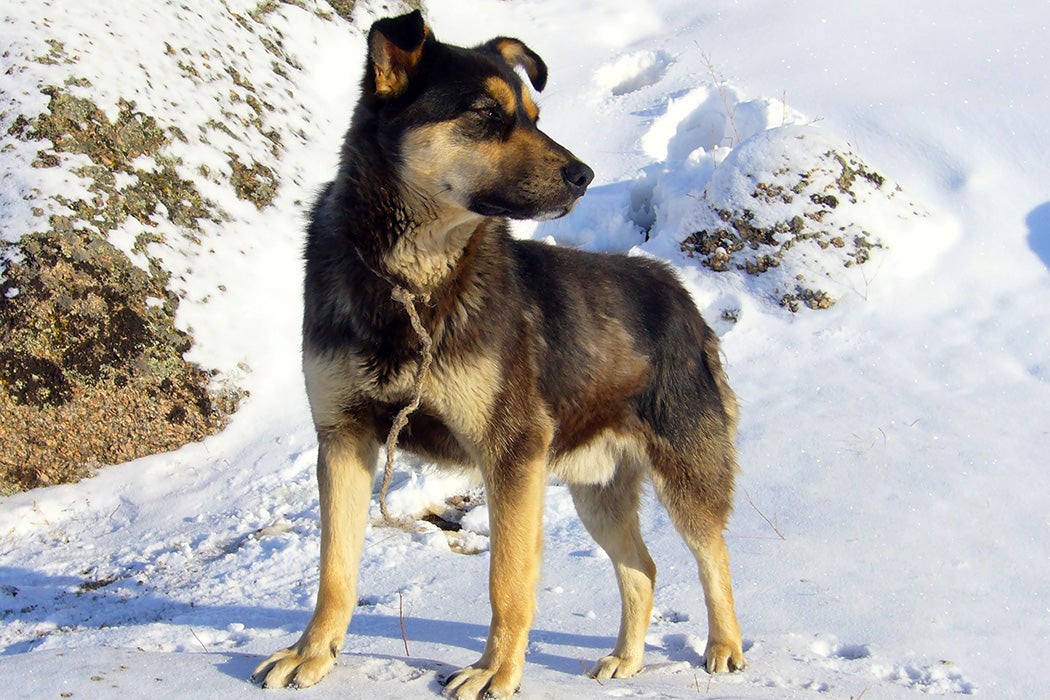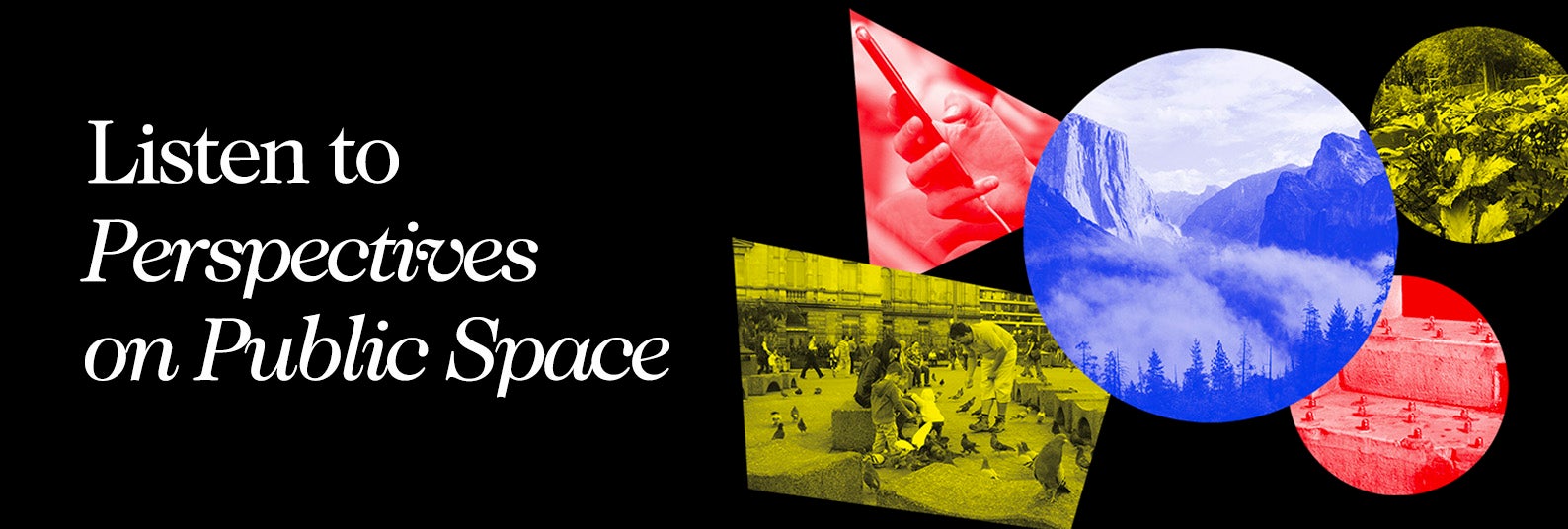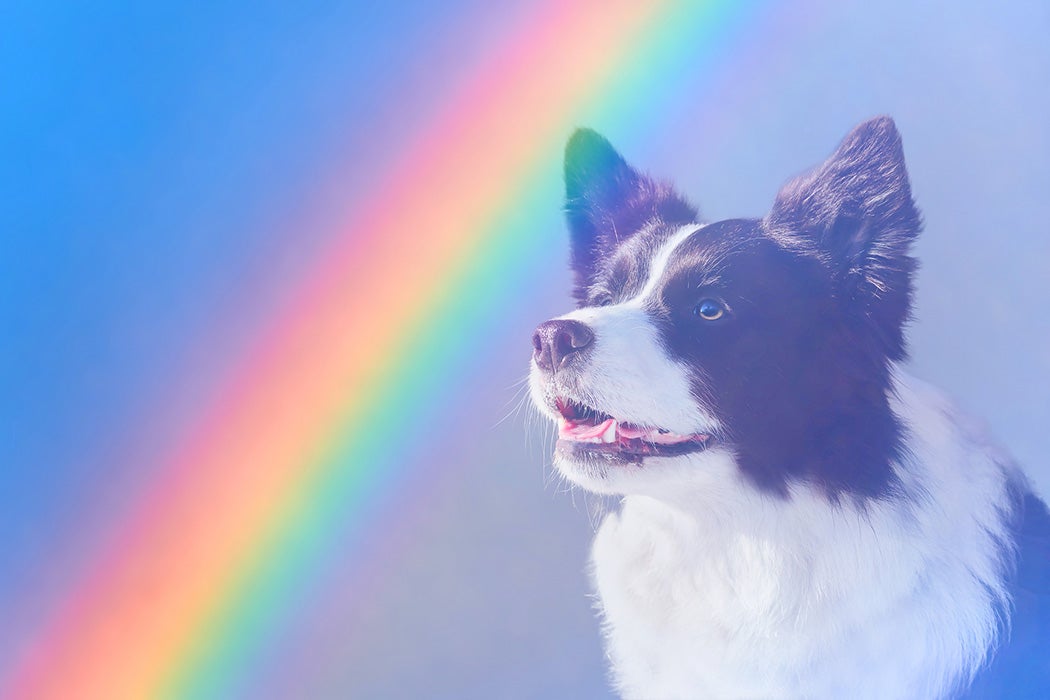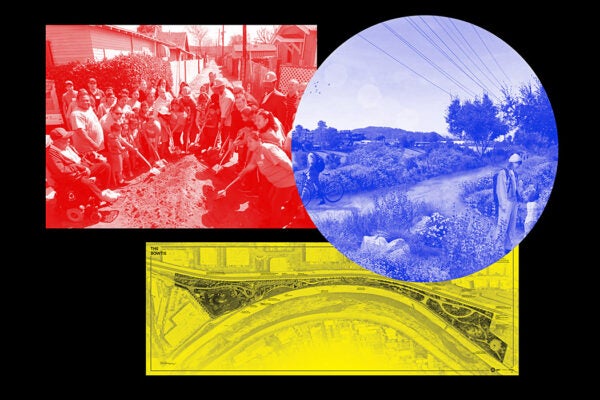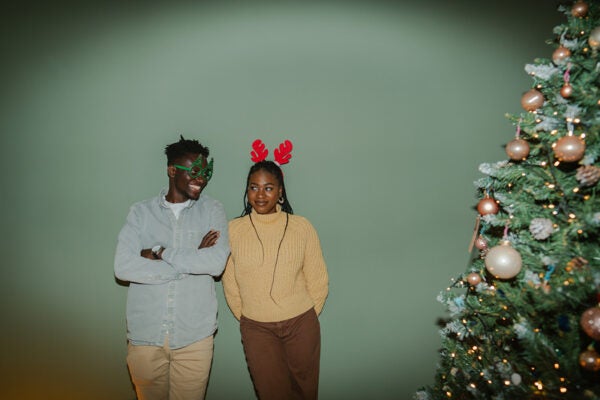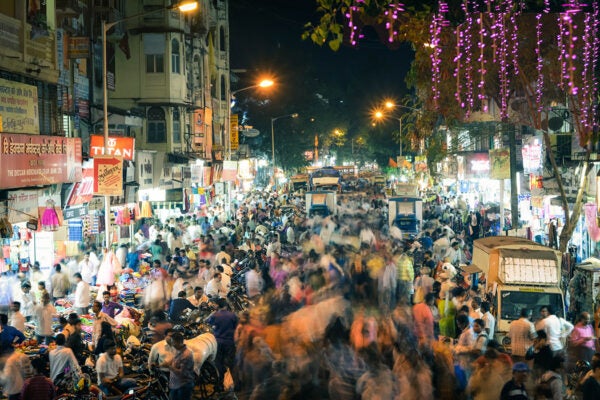For Mongolian herders, dogs are crucial working animals, and much more. As linguist and anthropologist Baasanjav Terbish writes, they have a crucial place in the culture’s cosmology, which is informed by Buddhist and shamanic beliefs.
Terbish explains that dogs are inferior to humans in the spiritual hierarchy but also closer to them than any other animal. In contrast, wolves are above humans but more distant. Unlike horses and livestock, dogs that live with families receive individual names. In fact, dogs are the only animal that can be reincarnated as a human in their next life, so all other animals must pass through a life as a dog before reaching a human rebirth.
When a dog dies, its owners prepare it for its next life by putting butter (a human food denied to canines in life) in its mouth and cutting off its tail and placing it under its head as a pillow. Many believe that a dog may be reborn as a child of their old owners. And the reverse is also true—humans who want to remain close to their families after death may choose to be reincarnated as dogs.
In general, Terbish writes, dogs and children are often grouped together. For example, on the first day of the Lunar New Year neither dogs nor children are supposed to be punished. And it’s said that to know something about a household, you should “look at the children and dogs.”
Dogs are important to traditional Mongolian herders as the protectors of people and livestock and as hunting companions. Mongols refer to a dog’s food bowl as a “circle of blessing” in reference to the animal’s role protecting their owners’ possessions.
Terbish writes that qualities sought after in dogs parallel ethical human behavior, for example, loyalty to the household, bravery, not stealing food, and not attacking smaller animals (understood as something like human compassion). Dogs may also have special abilities to see supernatural presences such as ghosts and spirits and to detect earthquakes or floods in advance.
More to Explore
Do All Dogs Go to Heaven?
Yet, in traditional Mongolian thought, even the most admirable dog is understood to be inherently unclean. They’re not permitted inside the home, and people aren’t supposed to hug or kiss them. Dogs can be severely punished, and female puppies are often killed. Female dogs that do survive are often not cared for, becoming strays or going to live with wolves.
Weekly Newsletter
Terbish writes that cruel treatment of dogs became much more severe in the 1950s and ’60s, when Communist authorities in Mongolia attacked the nation’s shamanic and Buddhist institutions. They slaughtered more than 90 percent of the nation’s dogs in a campaign that claimed to be improving sanitation and eradicating irrational superstitious beliefs.
Following the fall of Communism in the 1990s, the significance of dogs rebounded, and many Mongolians became very interested in the notion that “pure” Mongolian dogs are superior to others in their abilities and their care for humans—a revival of the culture’s respect for dogs with a distinctly modern nationalistic edge.
